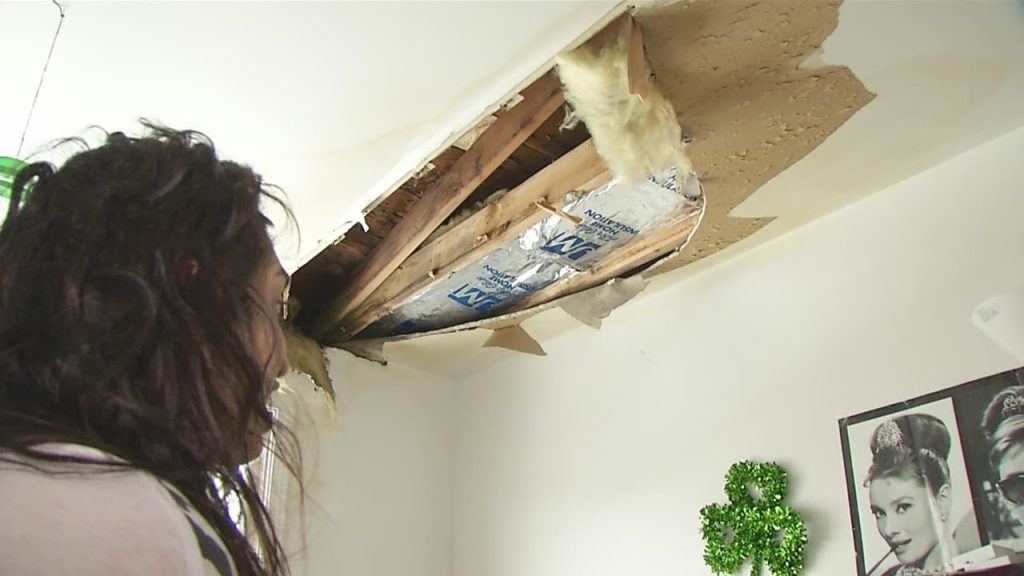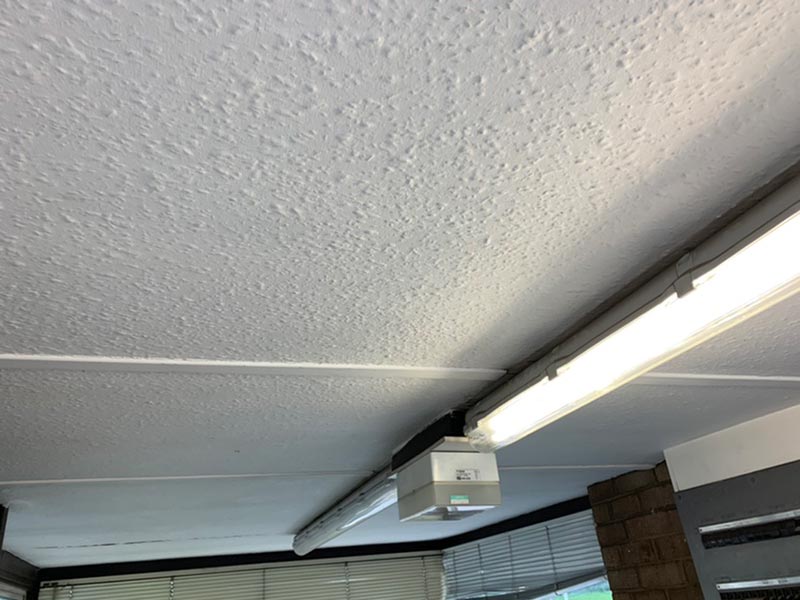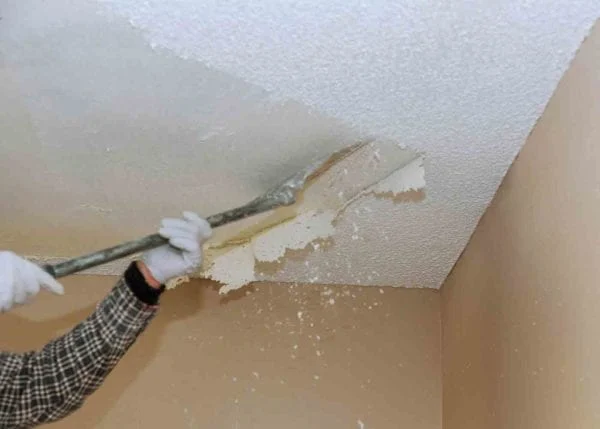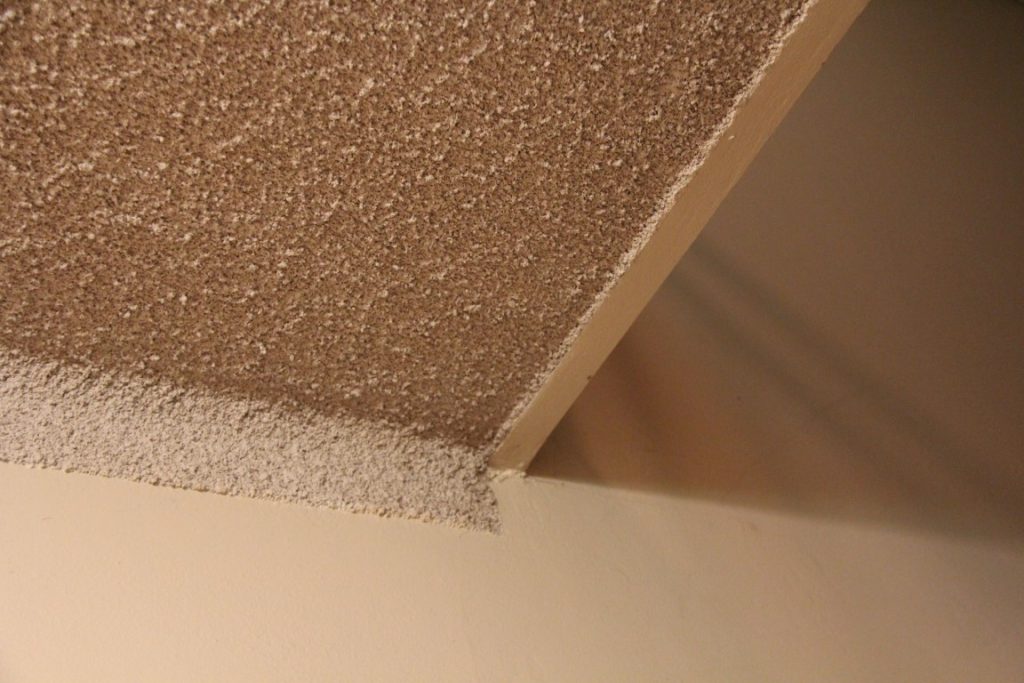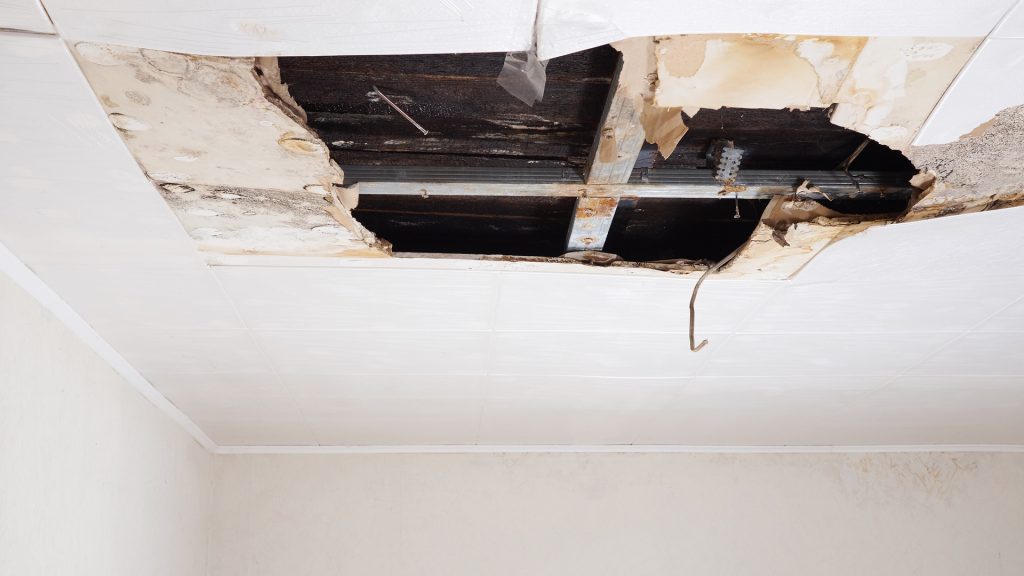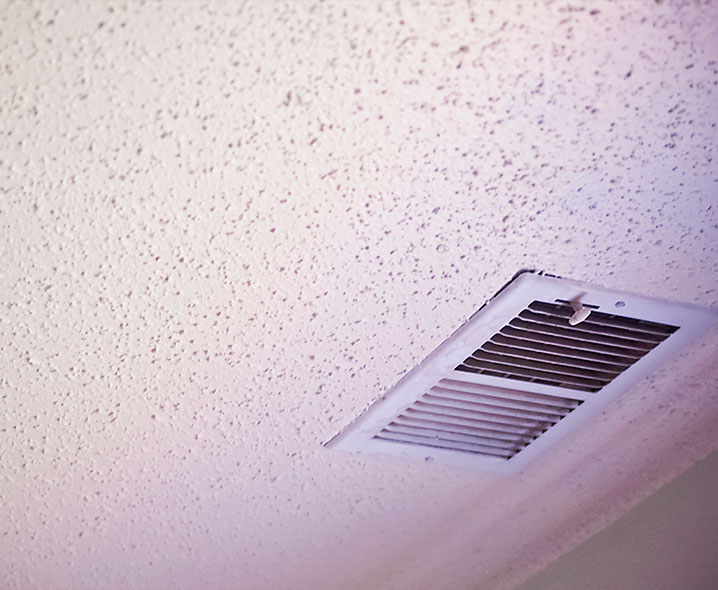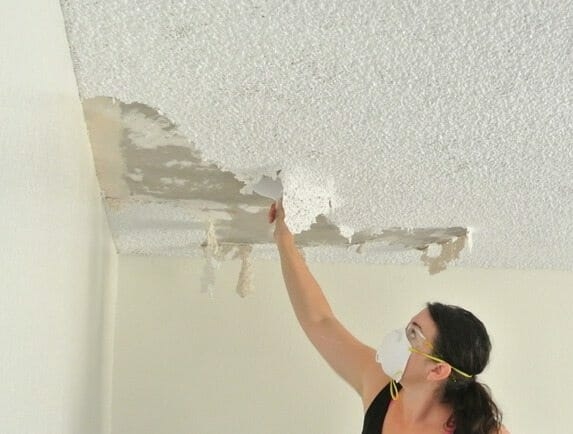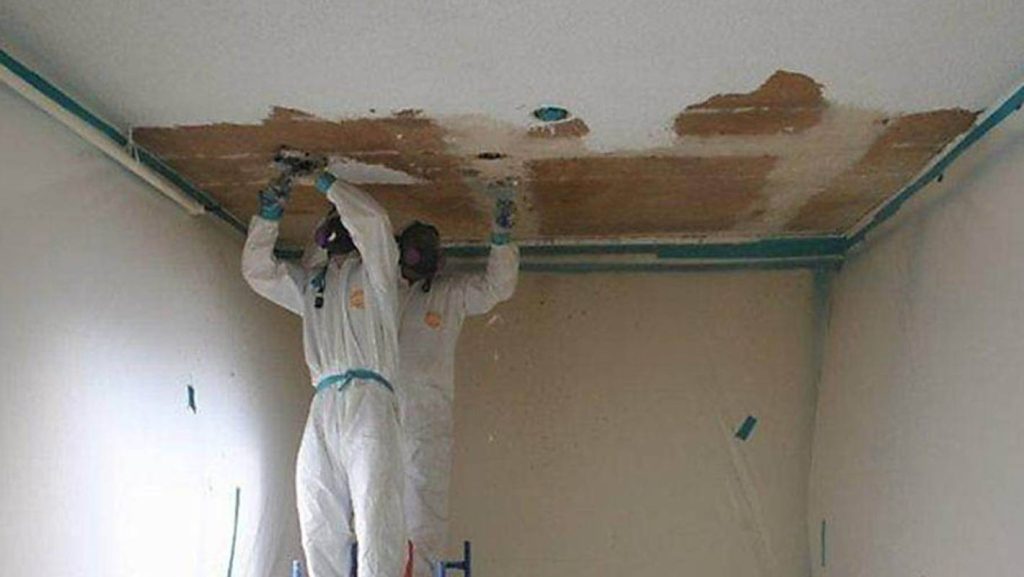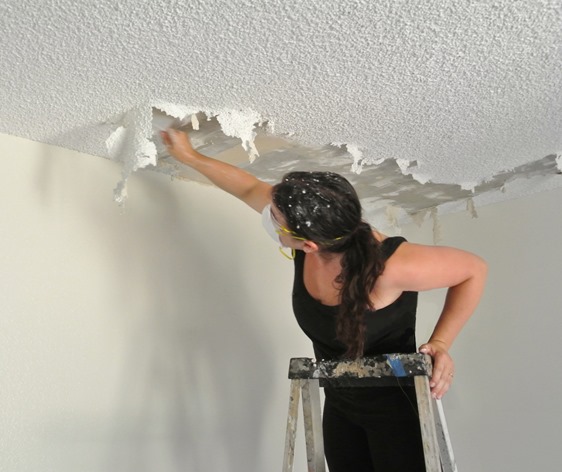Popcorn ceilings, once a popular choice in home design, now raise concerns due to potential asbestos content. Homeowners seeking peace of mind may wonder, “Where to get popcorn ceiling tested for asbestos?” Understanding the risks and options available is crucial for a safe living environment.

Introduction
Popcorn ceilings, also known as acoustic or textured ceilings, were prevalent in homes from the 1950s to the 1980s. While they served as a fashionable design choice in their time, concerns have arisen regarding the presence of asbestos in their composition. Asbestos, a naturally occurring mineral fiber, was commonly used in building materials for its heat resistance and durability. However, its adverse health effects, including lung cancer and mesothelioma, have led to its ban in construction materials. Consequently, homeowners are increasingly seeking ways to determine if their popcorn ceilings contain asbestos and how to address any potential risks.
Understanding the Risks of Asbestos in Popcorn Ceilings
Popcorn ceilings installed before the 1980s are more likely to contain asbestos. When these ceilings are disturbed, such as during renovations or repairs, asbestos fibers can become airborne and pose a health hazard when inhaled. Therefore, it’s essential for homeowners to assess the presence of asbestos before undertaking any activities that could disturb the ceiling.
Where To Get Popcorn Ceiling Tested For Asbestos
Finding a reputable service to test popcorn ceilings for asbestos is paramount for accurate results and peace of mind. Several options are available:
- Certified Asbestos Testing Laboratories: These specialized laboratories employ trained professionals and state-of-the-art equipment to accurately detect asbestos fibers in popcorn ceiling samples. Homeowners can collect samples themselves following proper safety protocols or hire professionals to do so.
- Environmental Testing Companies: Many environmental testing companies offer asbestos testing services for residential properties. These companies typically have experience in assessing various building materials for asbestos content and can provide detailed reports to homeowners.
- Local Health Departments: Some local health departments provide information and resources regarding asbestos testing. While they may not offer testing services directly, they can often recommend certified laboratories or testing companies in the area.
Factors to Consider When Choosing a Testing Service
When selecting a service to test popcorn ceilings for asbestos, homeowners should consider the following factors:
- Accreditation and Certification: Ensure that the testing laboratory or company is accredited and employs certified asbestos inspectors. This ensures the accuracy and reliability of the test results.
- Turnaround Time: Consider the time it takes for the testing service to provide results. While expedited options may be available at an additional cost, timely results are crucial, especially if renovation or repair plans are pending.
- Cost: Obtain quotes from multiple testing services and compare their prices. However, prioritize quality and accuracy over cost alone, as the health risks associated with asbestos exposure are significant.
- Customer Reviews and Reputation: Research the reputation of the testing service through customer reviews and testimonials. A trustworthy service will have positive feedback and a history of satisfied customers.
Read too: How To Extend Kitchen Cabinets To The Ceiling: A Complete Guide for Maximizing Space and Style
Taking Action Based on Test Results
Once the popcorn ceiling has been tested for asbestos, homeowners can determine the appropriate course of action based on the results:
- If Asbestos is Detected: If asbestos is found in the popcorn ceiling, it’s essential to consult with asbestos remediation professionals to safely remove or encapsulate the material. DIY removal is strongly discouraged due to the health risks involved.
- If No Asbestos is Detected: If the test results come back negative for asbestos, homeowners can proceed with renovations or repairs as planned, taking appropriate safety precautions to minimize any potential hazards.
Conclusion
Knowing where to get popcorn ceiling tested for asbestos is crucial for a safe home. Partnering with reputable testing services and acting on results mitigates asbestos exposure risks and ensures family well-being.
